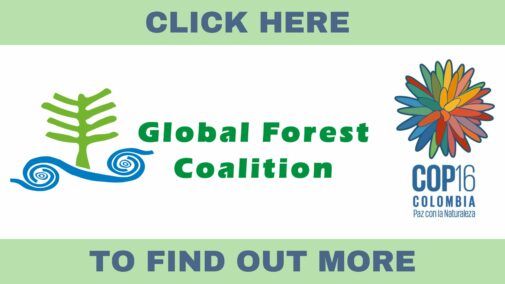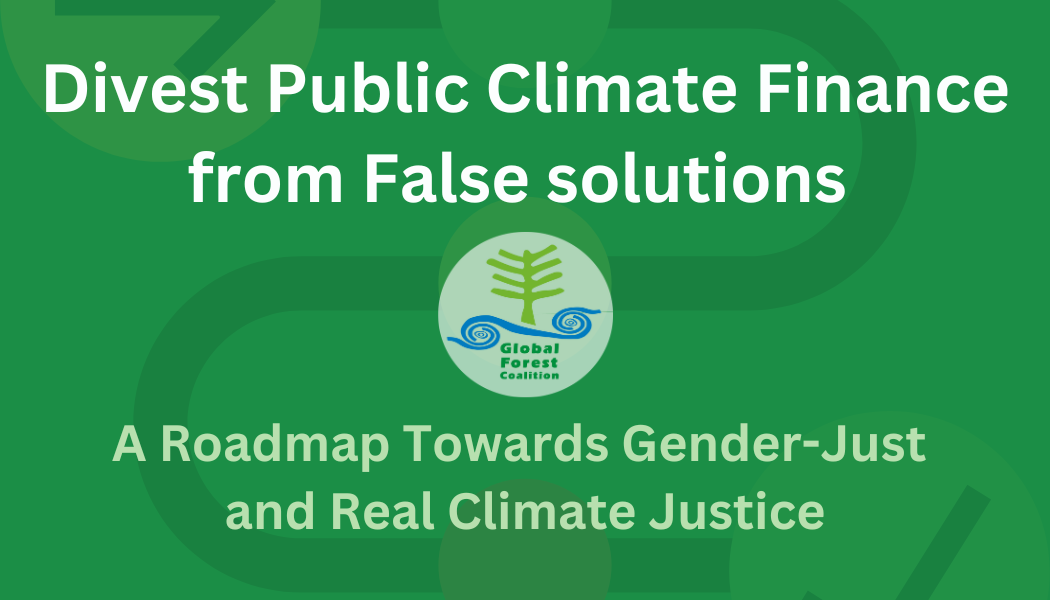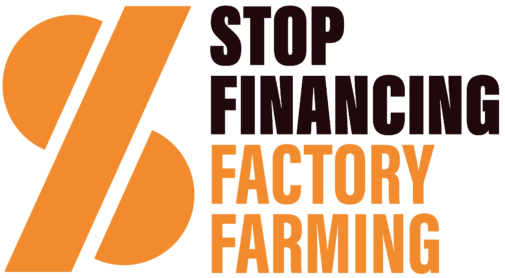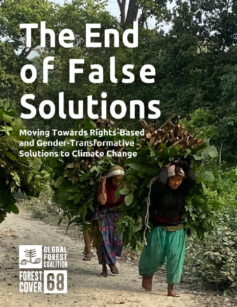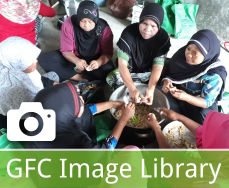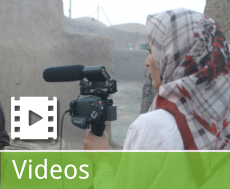Sharing Initial Findings of the CCRI at the IUCN World Conservation Congress
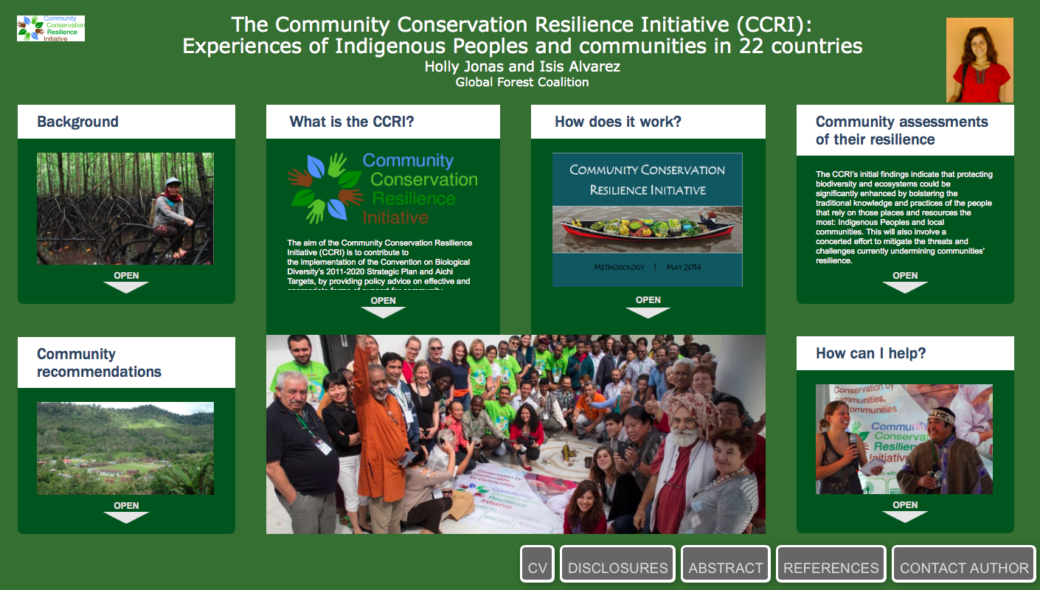
By Holly Jonas*
The world’s oldest largest and most diverse environmental network – the International Union for Conservation of Nature (IUCN) – held its 6th World Conservation Congress from 1-10 September 2016 in Honolulu, Hawai’i. The Congress included Commission meetings and a 4-day Forum with hundreds of engaging events in formats ranging from workshops and posters to ‘Conservation Campuses’ and high-level dialogues. It culminated in a 4-day Members’ Assembly, which (inter alia) adopted more than 100 Motions on issues as diverse as the oil palm industry, domestic trade of ivory, and overlaps between protected areas and territories and areas conserved by Indigenous Peoples and local communities (ICCAs). With more than 1200 organisational members of IUCN and over 10,000 volunteer members of IUCN’s Commissions, the quadrennial Congress is an important platform for identifying priorities and agreeing commitments for the global conservation community. It is also known to influence multilateral environmental fora such as the UN Convention on Biological Diversity and the Convention on International Trade in Endangered Species of Wild Fauna and Flora.
In order to tap into IUCN’s extensive networks and policy processes, two staff of the Global Forest Coalition (GFC) and Community Conservation Resilience Initiative (CCRI) attended the Congress. They participated in a wide range of Forum events, including on the Sustainable Development Goals and on resisting destructive development in ICCAs, as well as contact groups for key Assembly Motions such as on natural capital.
One of the Forum events that we organised was an interactive poster on the CCRI. Presented by Holly Jonas (CCRI Legal Team Coordinator) and Isis Alvarez (GFC Senior Gender Advisor) using an innovative electronic platform, the multimedia poster provided an overview of the CCRI and its methodology, identified key findings of the community assessments undertaken to date, and encouraged Congress participants to help implement the recommendations in the 2015 reports.
The presentation was well attended and questions included how the CCRI is funded, how academics can support the processes underway (for example, in Kyrgyzstan and Tajikistan), and how communities in other countries can get involved in the Initiative. It was also an opportunity for representatives from CCRI partners Centre for Sustainable Development (Cenesta, Iran) and Programme d’Intégration et de Développement du Peuple Pygmée au Kivu (Program for the Integration and Development of the Pygmy People, Democratic Republic of the Congo) as well as donor Swedbio to interact with each other and other Congress participants in person. Since the interactive poster will remain available online, it was a useful platform not only to share information about the CCRI with a broader audience during the Congress, but also to develop a communications tool that can be used beyond the Congress.
For more information about relevant events and outcomes of the IUCN Congress, please download the ICCA Consortium’s participants’ report, which will soon be available at: http://www.iccaconsortium.org/?page_id=4149.
*Holly Jonas is the Legal Team Coordinator for the Community Conservation Resilience Initiative of GFC



